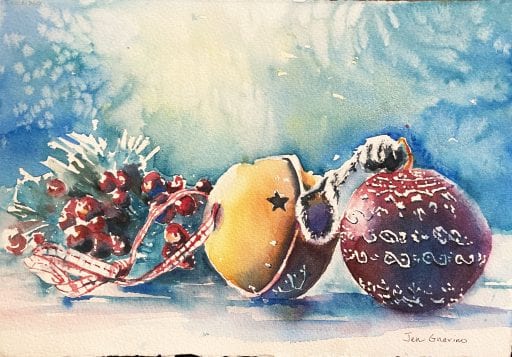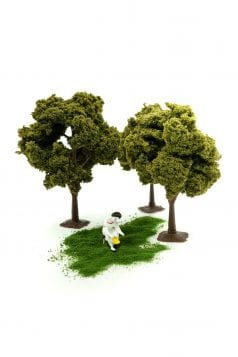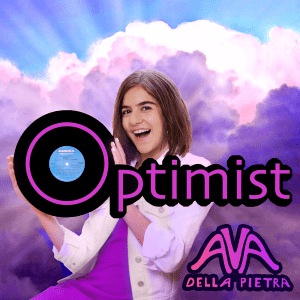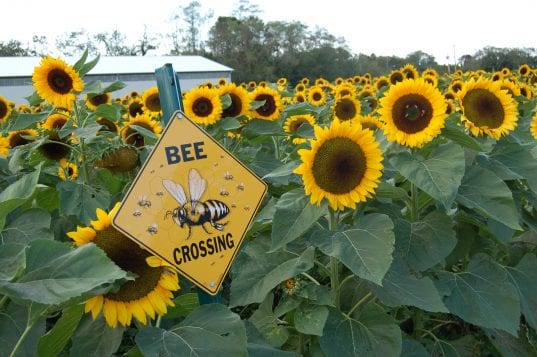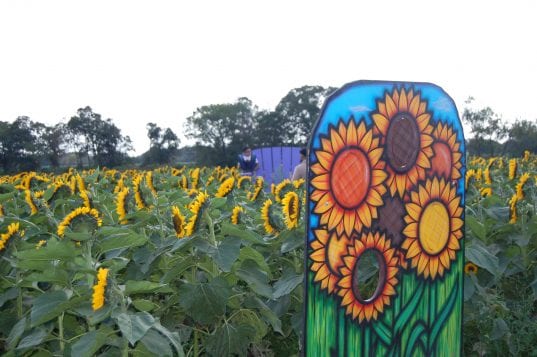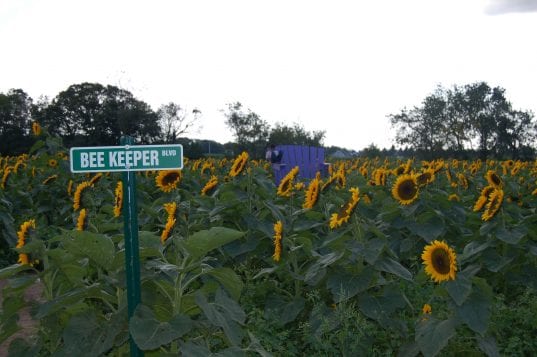By Melissa Arnold
Looking at a painting is like a window to another time — the world is frozen, just as the artist remembers it. But of course, nothing stays the same in real life, and the scenes depicted in paintings will often change as well.
With this in mind, Joshua Ruff of the Long Island Museum in Stony Brook had an interesting idea: What if they tried to return to the scenes in some of the museum’s paintings to see what they look like now?
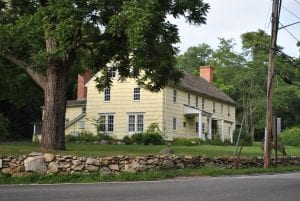
The result is Twin Peeks: Scenes Seen Twice, Paintings and Photographs, an exhibit of works from the museum’s permanent collection laid side-by-side with recent photos of their locales. The unique show opens in the Art Museum’s Main Gallery on March 19.
Pursuing this idea was the beginning of a months-long adventure for Ruff, Deputy Director, Director of Collections and Interpretations at the LIM and curator for the exhibit. After choosing more than 60 paintings to include in the show, including artwork from the museum’s coveted William Sidney Mount collection, he had to figure out what — or where — the artists were painting.
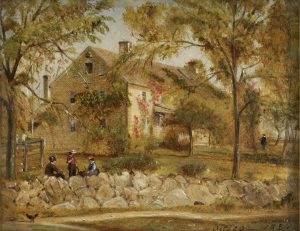
“Artists didn’t leave behind GPS coordinates for their work,” he joked. “There are so many scenes in our collection that are real places, but it’s not always conveyed in the title exactly where it is. Landscapes can change dramatically. We wanted to try to get as close as we could to the vantage point of the original painting, while thinking about how artists tell a story of place.”
Using maps from the approximate time period of each piece, Google’s street view feature and some research savvy, Ruff set out with his family and a camera to get the job done. It was far from easy, though — some of the locations are now on private property, inaccessible or unidentifiable. Other abstract or impressionist pieces can offer a vague sense of place without the details required to pinpoint it. Still, he did the best he could.
“We have several examples of historical photographs of certain locations, but more than 90 percent of the photographs were speculative on our part. In some cases, we may not ever be able to crack the code of where the actual spot was,” Ruff explained.
In some cases, he had to enlist the help of some friends. The museum’s conservator, Alexander Katlan, lives part-time in New England and was able to take photos to accompany two paintings by William Trost Richards. And some of the staff at the Freeport Memorial Public Library took to the water to find a match for Charles Henry Miller’s 1885 painting, “Freeport Oyster Houses.”

“The oyster industry thrived in Freeport in the 1800s, and our library archives include many photographs from that time, so I knew exactly where we needed to go,” said librarian Regina Feeney.
To get the right angle for the photo, the team would need a boat. They talked with the owner of a Freeport marina in search of a way to get down the Freeport River, and were ultimately connected with bayman Danny Miller. It was a chilly November day when they set sail, but armed with old maps and a sense of humor, they got the job done. The photo was taken by Jason Velarde.

“I really enjoy now-and-then exhibits because it gives people perspective about how things have changed over time,” Feeney said. “We were happy to make a contribution, and it was fun getting out of the building and enjoying some time on the water together. We had quite the adventure.”
The exhibit is evenly divided among geographic areas, with one third focusing on the East End, one third on the middle Island, and one third on Nassau County, New York City and New England. The paintings feature a range of medium as well, from watercolor to oil and acrylic, and span in time from the 1830s through the 1970s.
“Seeing this collection of paintings really drives home the sense of how the area has evolved — some of the subjects, like the Setauket rubber factory, are gone now. Other areas that were quiet and natural are more developed now. I hope it will be enjoyable for people of all ages to reflect on the past and consider what the future will hold,” Ruff said.
In conjunction with Twin Peeks the Victoria Costigan Gallery in the Art Museum will be home to “Artists Abroad,” a mini exhibit focused on travel and foreign landscapes.
The museum’s collection includes a small, yet compelling group of works by artists who traveled abroad between the 1860s and 1960s. American artists have always been drawn to European art and landscapes. They visited museums and copied famous works of art, and roamed cities and the countryside to paint and sketch scenes of daily life and picturesque views. Sketches in ink and watercolor quickly documented form and color, with some becoming inspiration for future works in oil.
“Generally when we do an exhibit, the focus is on America or on Long Island. But the works in this exhibit were created abroad and don’t get as many opportunities for exhibition,” said curator Jonathan Olly. “You’ll get to see things you wouldn’t usually get to see here, from the Italian countryside to an Azorian mountain or Cannes as seen from the harbor — it shifts the lens to other places and perspectives.”
“Both of these exhibits are about travel in a time where we haven’t really been able to travel — we’re all a little tired of being inside, and this celebrates the joy of going outside and exploring in a safe way,” said Ruff.
—————————————————————————————————————————————-
The Long Island Museum, 1200 Route 25A, Stony Brook presents Twin Peeks: Scenes Seen Twice, Paintings and Photographs and Artists Abroad when the museum reopens for the season March 19. The exhibits run through Aug. 1. Visitors are also welcome to explore the Carriage Museum; however the History Museum will remain closed.
Hours are Friday through Sunday from noon to 5 p.m. Physical distancing will be required and masks are mandatory. The LIM follows CDC-prescribed cleaning protocols for all buildings. Admission is $10 adults, $7 seniors, $5 students, children under six free. Tickets are available at the Carriage Museum entrance, credit cards only please; pre-registration is not required. For more information, visit longislandmuseum.org.

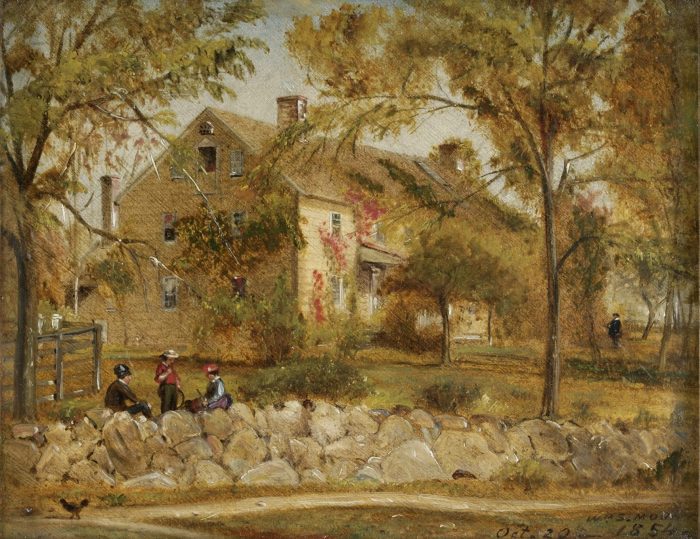

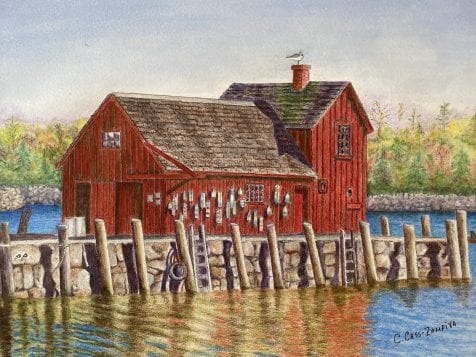
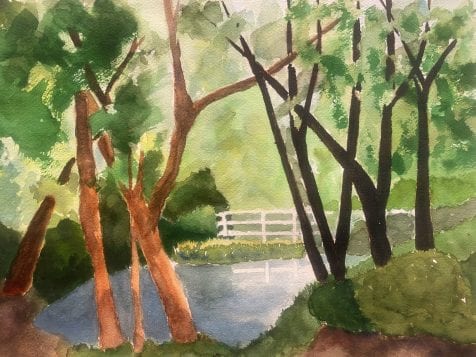

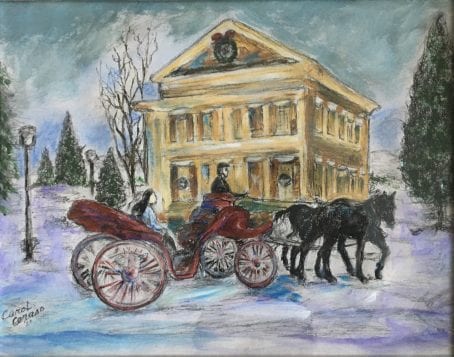
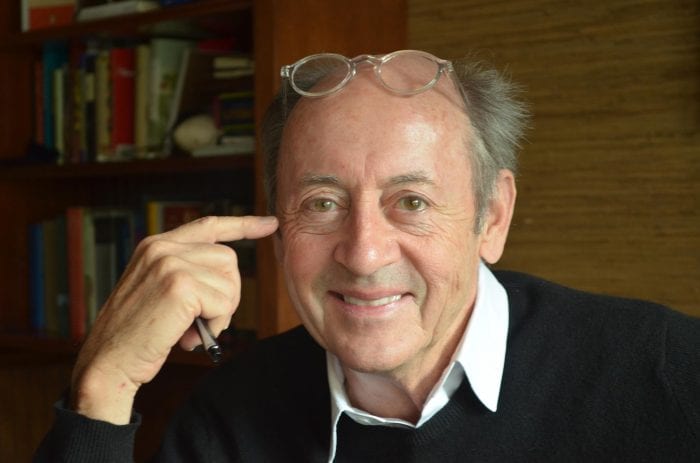
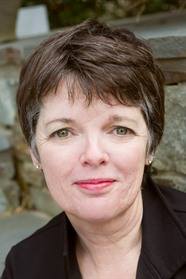

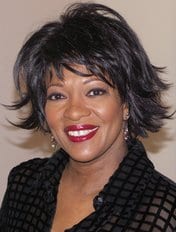
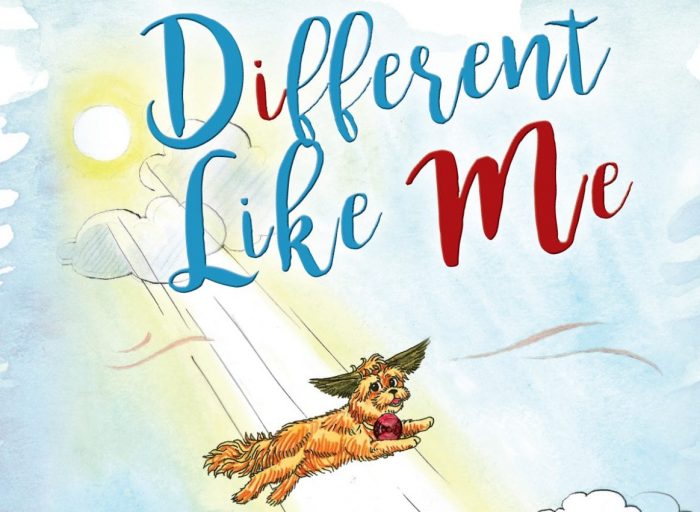
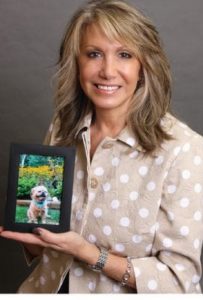
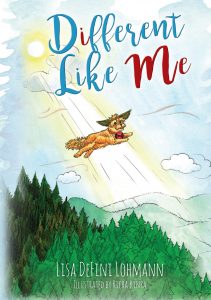 What was the writing and publishing process like for you as a first-time author?
What was the writing and publishing process like for you as a first-time author?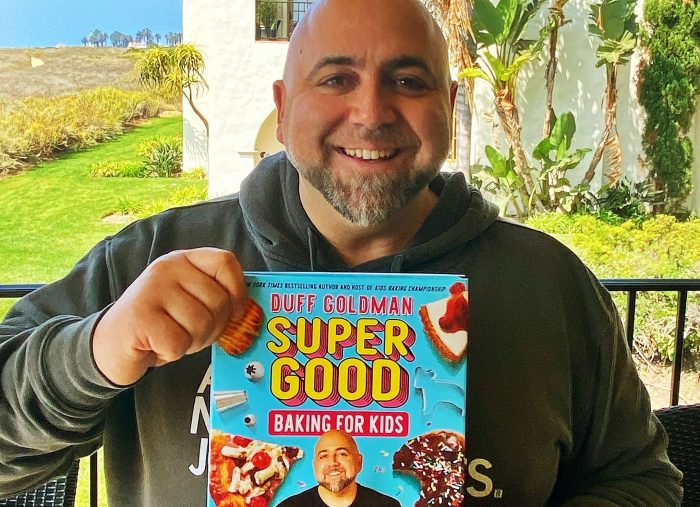
 humor.
humor.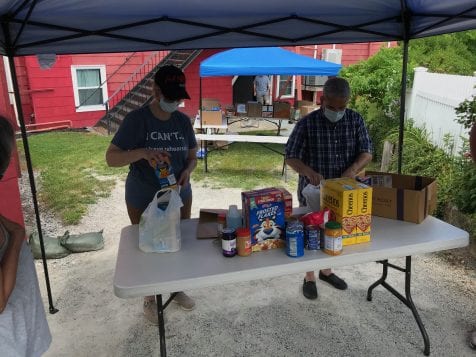
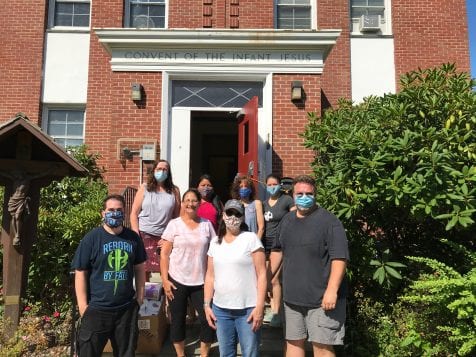
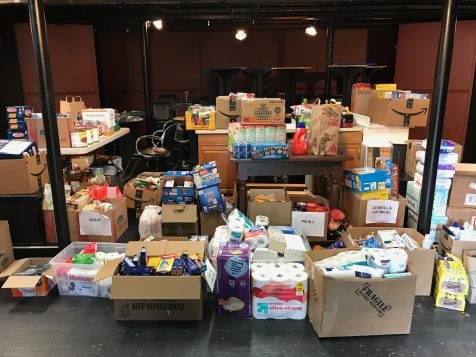
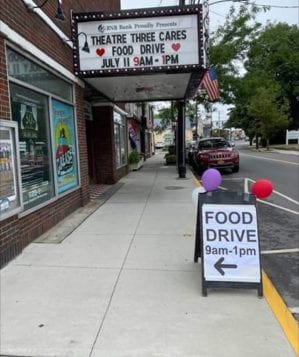


 Did you publish this book the same way?
Did you publish this book the same way?